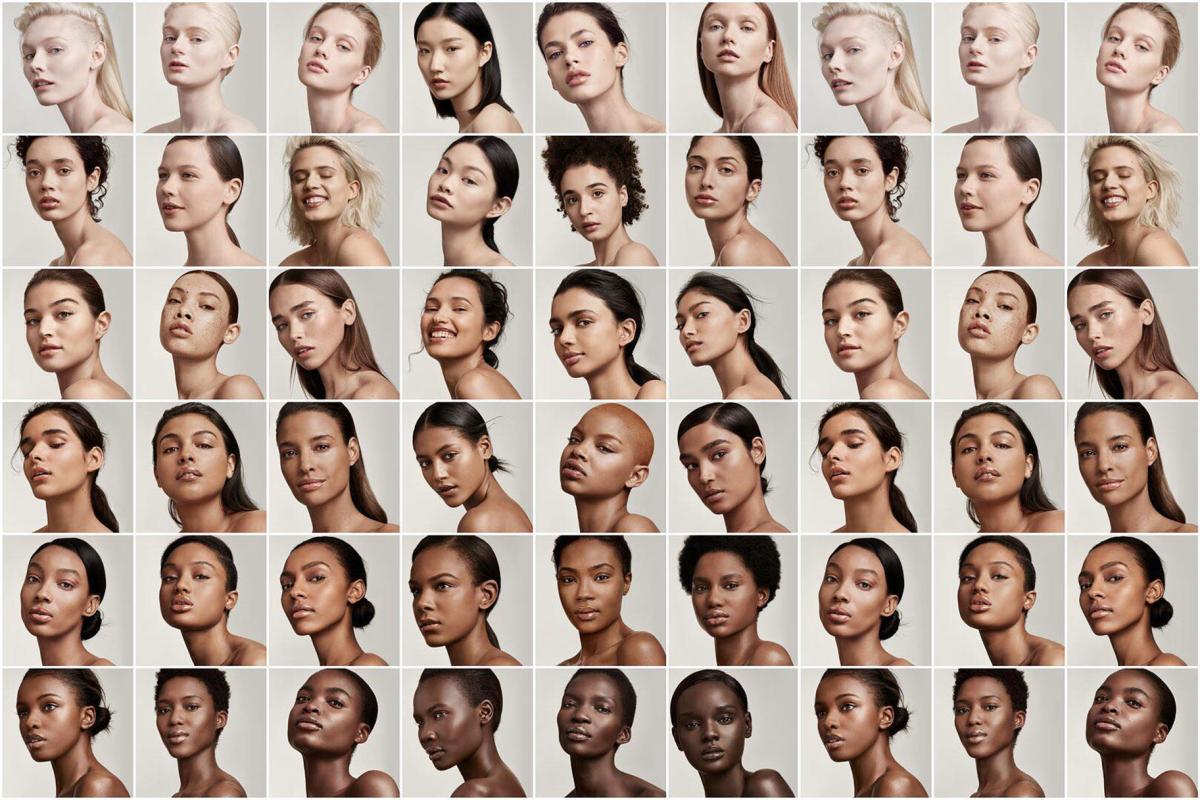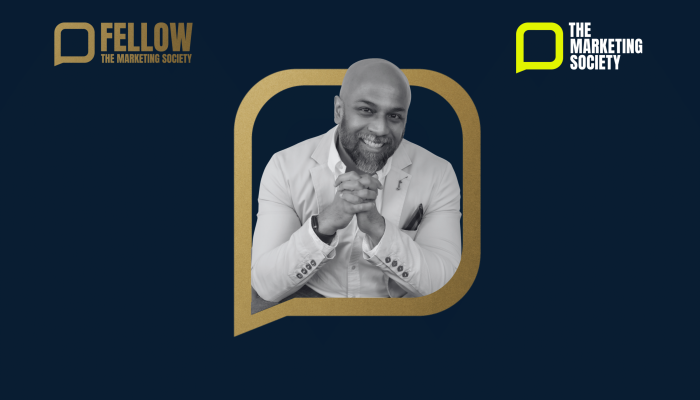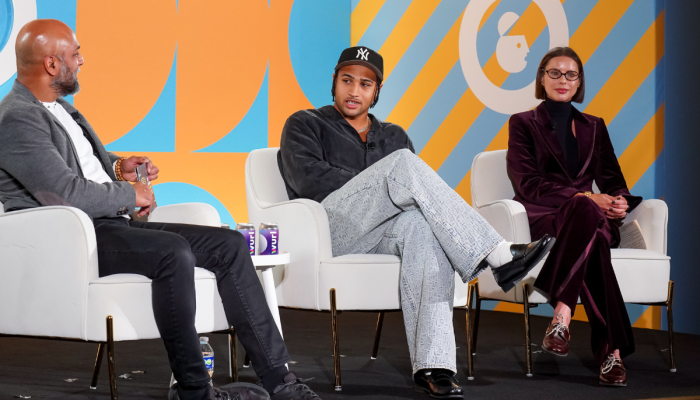The launch of Fenty Beauty highlighted the importance of inclusive marketing, which jolted the industry and shifted the beauty landscape. Sandy Saputo, chief marketing officer at Kendo Brands, which includes Fenty Beauty, shares the inside story.
The first time we showed the Fenty Beauty campaign trailer internally, a room full of business leaders, including myself, got very emotional. It was the first time underrepresented, underserved women and cultures were featured in a global prestige beauty campaign.
We knew the brand would touch women’s hearts around the world, but we had no idea of the greater impact our work would ultimately have. There was no precedent to our radical approach to inclusivity. We had to break and disrupt all the traditional marketing rules and carve a new path.
The results exceeded all of our expectations.
In our first year of business, Fenty Beauty became the biggest beauty brand launch in YouTube history, drove huge success commercially, and was named one of Time Magazine’s best inventions of 2017.
Here’s how we did it — and three lessons we learned along the way.
Exclude no one
From the beginning, our founder Rihanna was very clear that absolutely no one was to be excluded. Her vision of “Beauty for All” became our marketing mission.
Fenty Beauty first launched with 40 beautiful shades of foundation and today we have 50. At the time, there wasn’t a brand that truly reached everyone from the lightest skin to the darkest. Many undertones, such as olive ones like mine, were also underserved in beauty. Inclusion was more than the number of shades; it was the well-crafted nuance of each shade in the range that also served as a proof point. This allowed so many women to find themselves in the brand and feel included.
Let values inform process
Rihanna wanted her brand available to women everywhere around the world at the same time. This was insanely difficult from an operational perspective.
The brand went live in 17 countries on the same day at the same hour (regardless of time zones) with a completely omnichannel marketing strategy. We were also ready to ship directly to 137 countries.
Distributing content around the world in real time required surgical precision. One mistake could derail the entire marketing plan. Press and consumers ultimately saw a fun and flawless execution, but what they didn’t see were the efforts of more than 500 global leaders across brand and merchandising, supply chain, marketing, social, and retailer teams doing synchronized swimming to pull it off.
The consumer and market reactions were phenomenal. We received photos of lines forming outside of our retailers’ stores around the world. Hundreds of people started posting selfies of themselves wearing Fenty Beauty on social media; our first repost was of a beautiful woman wearing a hijab. And direct sales surpassed all of our estimations, crashing our website.
We were so proud to be able to authentically market a beauty brand envisioned by Rihanna to serve all women of all cultures. Our marketing mission was underway to build a beauty brand for the next generation.
Show, don’t tell
Our dream was to create the biggest brand launch in beauty history. What resulted is a movement that shifted the beauty industry. You really don’t know it’s happening until it’s happened.
Our approach to inclusion marketing has always been about “showing, not telling.” Never once did we use the word “inclusive” in our messaging.
After Fenty Beauty launched, we began to see headlines that coined the term “The Fenty Effect.” It was a call to action for all industries to do more and challenge the status quo. In beauty, it caused a chain reaction of brands that responded positively by expanding their makeup lines to be more inclusive.
Our approach to inclusion marketing has always been about “showing, not telling.” In fact, we never once used the word “inclusive” in our messaging. “Inclusive” is how we were defined by the press and consumers. The marketing, social, and creative team prioritizes and engages in this conversation on a daily basis with the Fenty Beauty community.
The best way to break through with inclusive marketing is to share authentic stories that are rooted in culture and are emotionally meaningful to the consumers you serve.
If you haven’t thought about inclusivity in your advertising, I’d encourage you to make the case for it. The best way to break through with inclusive marketing is to share authentic stories that are rooted in culture and are emotionally meaningful to the consumers you serve.
By having Rihanna and her vision as our north star, we were able to nail the execution of the Fenty Beauty launch with integrity. Success also wouldn’t have been possible without my diverse, insanely creative and brave marketing team — each with their unique background and voice. I consider them like spices on a marketing spice rack — cooking up well-seasoned stories that are good for the world and good for business.
This piece is by Sandy Saputo, Chief Marketing Officer at Kendo Brands, including Fenty Beauty and first appeared on Think with Google's site here



